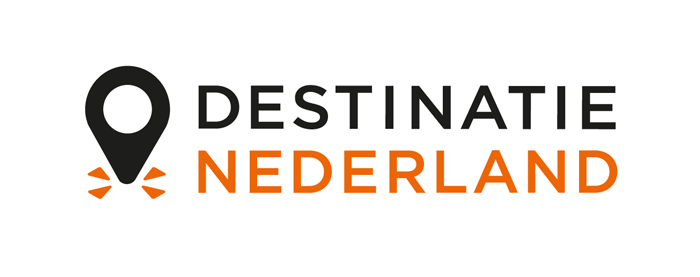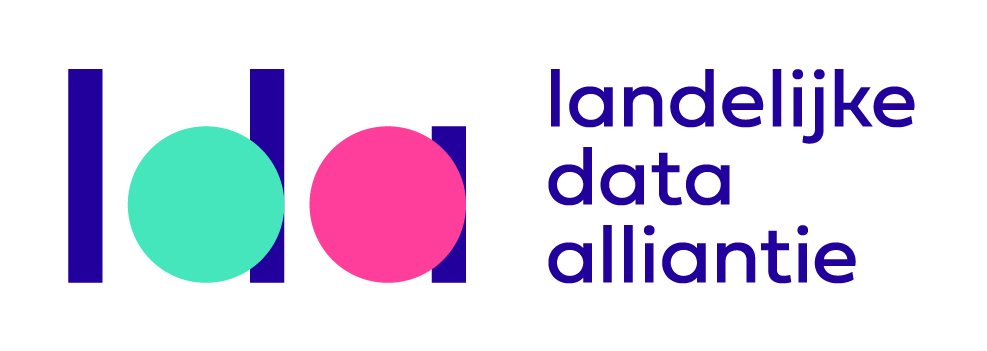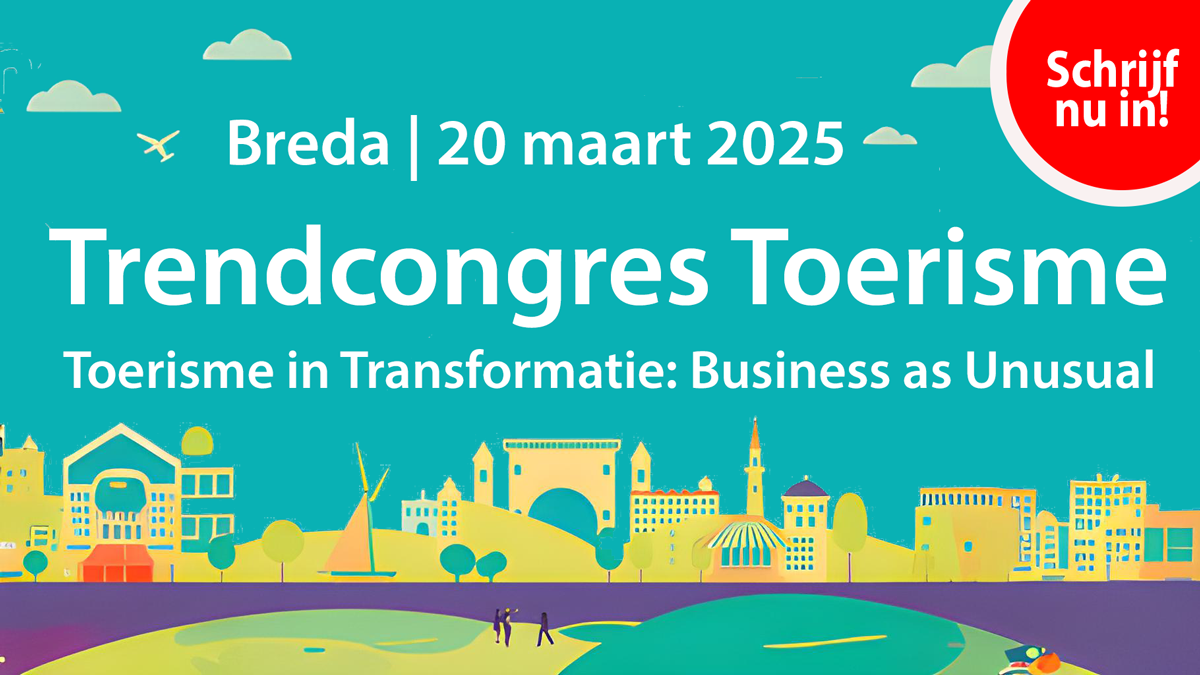Behind the scenes of global events: an insider’s journey through World Cups and Olympic Games

Global sporting events, such as the Olympic Games and the FIFA World Cup, are spectacles watched by billions, but what happens behind the scenes? Having worked on the Olympic and Paralympic Torch Relays (Rio 2016) and at two editions of the World Cup (Brazil 2014 and Qatar 2022), I have gained firsthand insight into the immense logistical and cultural complexities these events entail. From navigating intricate operational challenges to managing diverse teams and addressing the broader societal impacts on host communities, I have experienced the pressure, chaos, and nuanced cultural dynamics that often go unnoticed by the public. Working on some of the world’s largest sporting events has offered me not only professional growth in event logistics and operations but also a unique perspective on the human element of these massive undertakings - the moments of triumph, the need for adaptability, and the reality of both the positive and challenging impacts on local communities.
Ana Carolina de Almeida Jordao, External PhD, University of Tilburg/Breda University of Applied Sciences, A.C.deAlmeidaJordao@tilburguniversity.edu
Mega-events like the FIFA World Cup and the Olympic Games are often accompanied by complex debates surrounding their social, environmental, and economic impacts. Issues such as human rights, sustainability, economic inequality, and the legacy of these events have sparked significant discussions among scholars, activists, and the public. While these conversations are essential, the focus of this article is to share an insider’s perspective drawn from my experiences in logistics and event management. From coordinating large-scale operations, and managing diverse multicultural teams, to addressing both expected and unforeseen challenges, this text reveals some aspects of what it is like to work behind the scenes at these global events.
Behind the spectacle: the complex realities of working at global events
From the outside, global events may look like perfectly orchestrated spectacles, but behind the scenes, the reality is far more complex. This article aims to unveil the less visible aspects of organising these monumental events, shedding light on the challenges, effort, and dedication required to bring them to life. Working on these mega-events requires long hours and constant adaptability. Days often begin before sunrise and stretch into 12 to 15-hour shifts. Most times the work is far from glamorous - it is physically and mentally demanding.
At the FIFA World Cup in Qatar, for instance, my role as a transport manager involved overseeing over 200 buses and managing hundreds of drivers and staff members. This responsibility ensured that thousands of fans moved smoothly between stadiums, metro hubs, and their accommodations each day. Despite meticulous planning, challenges frequently emerged, requiring rapid decisions and on-the-spot problem-solving to maintain seamless operations. When issues arose - and they often did - it was our responsibility to address them immediately. On one particularly chaotic day, a sandstorm severely disrupted operations just as fans were arriving for a match. A few days before the beginning of the event, several construction delays necessitated testing routes and training staff outside of official venues, up until the very last moment. There were no red carpets or VIP privileges for the event staff - only long hours, swift decision-making, and the satisfaction of ensuring everything continued to run smoothly.
The Olympic Torch Relay in 2016 presented its unique challenges. Coordinating the torch’s journey across Brazil required navigating a diverse range of terrains, from bustling urban centres to remote rural regions. On one segment of the journey, the convoy encountered an unexpected roadblock due to a truck driver’s strike on a major highway. While the arrival of the torch was a celebratory moment for many, such disruptions posed significant logistical challenges for the team. Instances like these served as a reminder that adaptability is equally as important as meticulous planning in this field.
Intercultural challenges in Qatar
One of the most complex aspects of working on the Qatar World Cup was managing a multicultural team. I worked directly with staff members coming from over 20 countries, each bringing their own cultural norms and expectations. This diversity, while enriching, also led to a few moments of tension, particularly when cultural traditions conflicted with the operational demands of the event.
Intercultural management requires navigating differing values, communication styles, and work ethics. There is a growing body of research on this topic across many sectors, including management, the military, and education. In the context of sports (events), studies such as the one by Borges et al. (2022) emphasise the importance of cultural intelligence and the need for targeted cross-cultural training to better manage diverse teams within sports contexts. Their study focused on sports professionals, including coaches and managers, found that these professionals often feel underprepared to handle cultural differences effectively, which can affect team cohesion and performance. This finding highlights the need for proactive measures to improve cultural understanding within diverse teams.
Similarly, Maderer, Holtbrügge, and Schuster (2014) examined the impact of cultural diversity and intercultural experience on professional football teams, finding that while diversity brings opportunities for growth and innovation, it can also lead to performance issues if not managed with an understanding of intercultural dynamics. Their research points to the importance of having leadership equipped with cultural awareness to ensure that diversity becomes an asset rather than an obstacle.
These studies resonate strongly with my experiences managing operations in Qatar, where cultural diversity proved to be both a strength and a challenge. As a Brazilian professional, I come from a culture that values relationships and adaptability - traits that enable me to navigate the dynamic and often unpredictable environment of events. Working in Qatar also required adjusting to a more authoritarian societal structure, and a cultural context shaped by Islamic traditions, where certain practices influenced the work environment. For instance, Friday, the day of congregational prayer for Muslims, became a point of contention within many teams. Local staff members, predominantly adult male Muslims, requested extended breaks on Fridays to attend congregational prayers at the mosques, a practice that holds significant importance in Islamic tradition. However, some Western staff members working in management positions, who were less familiar with these religious customs, found it challenging to accommodate these breaks during critical operational periods. These differing perspectives led to tensions within the teams, with some managers arguing that the workload should take precedence. Ultimately, balancing these differing expectations required sensitivity, cultural awareness, and a commitment to fostering mutual respect within the team. Prayer breaks were accommodated, and on-site prayer spaces were designated for those who preferred/accepted to pray nearby. However, this decision also led to new tensions, as some international staff members began advocating for additional breaks for their own needs, such as smoking or resting. These experiences highlight the complexities of managing fairness in a multicultural team, underscoring the importance of cultural intelligence in international event management.
Brazil: logistics on a grand scale
The 2014 FIFA World Cup in Brazil presented a completely different set of challenges. Unlike Qatar, where all the stadiums were concentrated within a small geographical area, Brazil’s event was spread across 12 different states, each with its own infrastructure, culture, and logistical characteristics. My role involved coordinating travel for FIFA delegations, which required juggling everything from flight schedules to ground transportation - a task compounded by Brazil’s vast distances and varying infrastructure quality.
For the Olympic Torch Relay, small cities in the Amazon rainforest region were particularly challenging due to their remote settings and limited infrastructure, necessitating comprehensive contingency plans to transport the 300-member torch relay team. In contrast, São Paulo and Rio de Janeiro, Brazil’s largest and busiest cities, presented their complexities during the relay. Coordinating the torch’s passage required collaboration with local officials to control traffic and manage large crowds gathered to witness the event, ensuring public safety. These aspects required not only precision and adaptability but also a deep understanding of the urban impact on the local population.
Large-scale demonstrations occasionally took place near key relay points, adding unpredictability to an already complex operation. Every day required precise coordination with local governments, security forces, and transportation systems to ensure smooth operations. I distinctly remember the tension of working on the event logistics while knowing that, just outside the torch festivities, people were marching in protest. It was a delicate balancing act - ensuring the safety and success of the event while remaining mindful and sensitive to the realities faced by my country and people.
These experiences underscore the dual nature of logistics in mega-events: ensuring the success of the event while also mitigating the broader impacts on the host cities. The logistical complexity of mega-events like the World Cup and the Olympic Games extends beyond just the perspective of the organisers. In addition to ensuring smooth operations for event stakeholders, broader considerations include the impact on urban mobility, local infrastructure, and the host communities themselves. Kassens-Noor (2012) discusses the extensive mobility planning required for mega-events, emphasising that, despite the focus on building temporary infrastructure to support the influx of visitors, long-term urban transport improvements often fail to materialise. Instead, cities may face a mismatch between the promised legacies of improved transportation systems and the actual outcomes, which can leave local communities struggling with underutilised or poorly maintained infrastructure post-event.
From my experience in Rio de Janeiro, both as a staff member and as a resident of the city, I witnessed firsthand the impact that hosting large-scale sporting events can have on the host cities and their residents. While the focus is often on managing logistics efficiently for participants and international audiences, the unintended consequences for local communities are significant. Increased traffic congestion, disruptions to daily life, and a strain on public resources are common issues that require careful planning but are often overlooked in the drive to meet event schedules. Effective crowd control, urban mobility management, and equitable resource allocation are critical to ensure that these events do not come at the expense of the host communities’ well-being. Balancing the (logistical) demands of global-scale events with sustainable and equitable outcomes for local communities remains one of the key challenges for event organisers.
The human element: memorable experiences
Although logistics and operations dominate the day-to-day work, it is the human side of global events that leaves the most lasting impression on me. During the Olympic Torch Relay, some of the most memorable moments came in the small villages in Brazil’s Northeast. As the torch arrived, entire communities gathered to celebrate, with children performing traditional dances they had spent weeks rehearsing. Elders shared local stories, and local artisans set up stalls to showcase their crafts. It was a true celebration of local culture, with generations coming together to share the pride of being part of something bigger.
I distinctly remember the look of wonder in the eyes of young children and the joy from elders who saw the torch as a symbol of hope and unity. These were moments of connection, where the boundaries between organisers, participants, and spectators blurred, and we all became part of a shared experience. It was a powerful reminder of how these events can bring people together and create lasting memories - not just for spectators, but also for those behind the scenes.
In Qatar, the human element was equally significant, though manifested differently. Many local staff members were young adults, often experiencing their first major international event. Observing their growth - gaining confidence, acquiring new skills, and taking pride in their contributions - was genuinely rewarding. However, underlying disparities in salaries and working conditions between local and international staff were a persistent source of tension. These inequities often led to feelings of frustration and resentment, particularly among local employees, who found themselves working alongside international counterparts with far greater compensation and perceived privileges.
Addressing these disparities required a pragmatic approach, acknowledging the limitations faced by day-to-day management. Efforts were made to open dialogue and understand the perspectives of both local and international staff, but the reality was that systemic issues like pay disparities were largely outside our direct control. Despite these constraints, we aimed to foster an environment where all team members felt respected and valued. Small actions, such as recognising individual contributions and ensuring fair treatment in day-to-day tasks, helped alleviate some of the tension, though the underlying inequalities remained a source of frustration. It was a constant balancing act, and while we could not fully resolve these disparities, we worked to create a sense of unity where possible. These experiences underscore the need for systemic reforms in how labour is valued and compensated in the context of global mega-events.
Lessons learned and reflections: adaptability, empathy, teamwork and the future of mega-events
A key lesson from my experience working on global events is that adaptability is among the most valuable skills one can possess in this field. No matter how meticulously one plans, unexpected challenges are inevitable - whether it is a sandstorm in Qatar, a protest in São Paulo, or a logistical issue in the middle of the Amazon rainforest.
Equally important are empathy and cultural intelligence, particularly when working with diverse and multicultural teams. Understanding and respecting cultural differences is not just a matter of courtesy; it is essential for building trust and collaboration. Finally, teamwork is the cornerstone of success. Global events are far too complex for any one person to handle alone. The most successful outcomes are achieved when all individuals work cohesively toward a common goal, even in the most difficult circumstances.
Working on global events involves solving complex problems under pressure, navigating diverse cultural dynamics, and orchestrating moments that bring people together. However, it is also important to recognise the broader challenges and criticisms of these events. Hosting mega-events often comes with significant social, environmental, and economic costs. From the displacement of communities to the strain on local resources, the impact is not always positive, and it is crucial to weigh these consequences.
As someone who has worked behind the scenes, I have seen firsthand the tension between creating unforgettable experiences and managing the broader implications of these events. The pressure to deliver a flawless event can sometimes come at the expense of the local community’s needs or lead to decisions that prioritise spectacle over sustainability. The criticism from activists and scholars around issues like human rights and the environmental impact of mega-events is valid and needs to be addressed more comprehensively.
Are these the kinds of events we want for the future? This is a question that needs careful consideration. While these events have the power to inspire and bring people together, the future of mega-events must involve more conscious and responsible planning. There is a need for reforms that genuinely address the concerns of local communities, ensure sustainability, and make the benefits more inclusive.
For those contemplating a career in this field, my advice is to embrace the unpredictability and remain receptive to continuous learning. The work is hard, but the the potential impact - on individuals, communities, and even entire nations – can be profound when managed responsibly. We must continue to push for changes that ensure these events leave a positive legacy, not just for the participants, but also for workers, the host cities and their residents.
References:
- Borges, M., Rosado, A., Lobinger, B., Freitas, F., & de Oliveira, R. (2023). Cultural intelligence in sport: An examination of football coaches’ cross-cultural training needs. German Journal of Exercise and Sport Research, 53, 266–274. https://doi.org/10.1007/s12662-022-00825-y
- Kassens-Noor, E. (2012). Planning Olympic Legacies: Transport Dreams and Urban Realities (1st ed.). Routledge. https://doi.org/10.4324/9780203119488
- Maderer, D., Holtbrügge, D., & Schuster, T. (2014). Professional football squads as multicultural teams: Cultural diversity, intercultural experience, and team performance. International Journal of Cross-Cultural Management, 14(2), 215-238. https://doi.org/10.1177/1470595813510710


































































